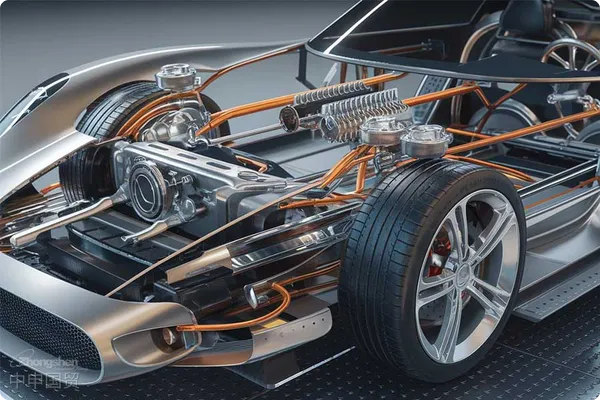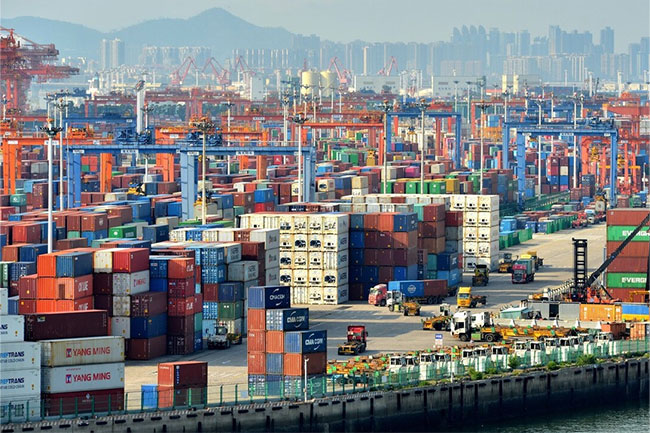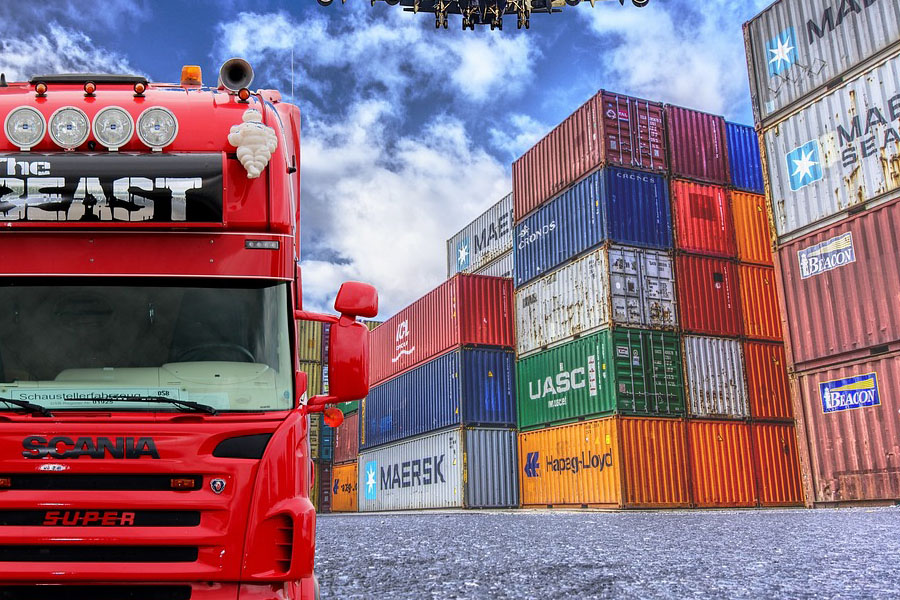- Shanghai Zhongshen International Trade Co., Ltd. - Two decades of trade agency expertise.
- Service Hotline: 139 1787 2118

ECU computer boardforeign tradeImport RepresentationComprehensive Process Analysis: Professional Guide from a 20-Year Experienced Account Manager
By/XX International ForwardExport RepresentationLimited Company Senior Account Manager
As the core component of automotive electronic control systems, the import of ECU (Engine Control Unit) computer boards involves complex regulations, technical standards, and logistics processes. How to efficiently complete the import agency for ECU computer boards? This article will systematically analyze key procedures and risk control points, from preliminary preparations to customs clearance and delivery, based on 20 years of practical experience.
I. Preliminary Preparation Phase: Compliance and Supplier Screening
1.Product Compliance Confirmation
- 3CIt is recommended to compare the following transportation methods:: China mandates compulsory 3C certification for certain ECU products (such as those related to vehicle safety). It is necessary to determine whether an exemption or certification is required based on the product's intended use (aftermarket/OEM supply).
- Classification of Customs Codes: The ECU computer board is generally classified as8537.10(Vehicle Electronic Control Devices), the subheading should be determined based on specific functions (such as engine control, transmission control) to avoid tariff discrepancies or penalties caused by misclassification.
- Tariffs and value - added tax: The current import tariff rate for ECUs is generally8%-10%, VAT rate of 13% (attention should be paid to preferential policies under free trade agreements, such as RCEP member countriesIt is recommended to verify through the following methods:Clear).
2.Supplier Qualification Review
- Priority is given to candidates withIATF 16949 certificationManufacturers ensure that products comply with automotive industry quality standards.
- Request the supplier to provide complete technical documentation:ROHS Report, EMC Test Report, Original Manufacturer Authorization Letter(For brand parts).
3.Clarify contract terms
- AgreementTrade terms(such as CIF/DDP), clearly defining the division of transportation responsibilities;
- Note:Intellectual property securityTerms, to avoid infringement risks.
II. International Transportation and Documentation Management
1.Selection of transportation methods
- Air Transportation: Suitable for small batches and high-value ECUs, with attention required to anti-static packaging requirements;
- Maritime Transportation: Bulk transportation is more economical. It is recommended to use full container load (FCL) with additional moisture-proof measures.
2.Key Document Preparation
- Commercial invoice (indicating model number, serial number, and purpose);
- Packing List (specifying the quantity and serial number of ECUs per carton);
- Certificate of Origin, Bill of Lading, Insurance Policy;
- Non-3C Declaration(if applicable) or exemption certificate.
III.Import ClearanceComplete process analysis
1.Declaration and Document Review
- The agency company submits declaration data through the "Single Window," and customs focuses on reviewing:
- Reasonableness of declared value (to prevent the risk of over/under-reporting ECU);
- Technical parameters must be consistent with the declared purpose (additional proof required for modified vehicle ECUs).
2.On - site Inspection and Release
- Common Inspection Issues:
- Electromagnetic Compatibility (EMC) non-compliance: An IEC or ISO test report must be provided;
- Missing labels: The ECU must be labeled with the model number, voltage, production date, and country of origin;
- Mixed old parts: It is strictly prohibited to carry second-hand ECUs (a separate application for an old mechanical and electrical product license is required).
- After passing the inspection, pay the customs duties and value-added tax to obtain the release instruction.
IV. Domestic Distribution and Risk Control
1.Bonded warehousing strategy
- For ECUs requiring distribution, they can be temporarily stored in bonded warehouses and cleared through customs in batches according to orders to optimize cash flow.
2.Anti-counterfeiting and Traceability Management
- It is recommended to add a label.Anti-counterfeiting traceability code, integrate with automaker or dealer systems to prevent cross-regional sales risks.
3.Handling After-Sales Issues
- EstablishQuality traceability mechanism, retain import documents for at least 3 years to address potential recalls or claims.
V. Analysis of Typical Cases
Stories: A company importing a certain brand of ECU was questioned by customs for suspected infringement due to failure to provide the original manufacturer's authorization letter.
Solutions:
- Urgent supplementary documents issued by the brand owner.Sales Authorization Chain DocumentationStep - by - step service quotation sheet
- Through the pre-ruling mechanism, it is confirmed that the product is legally parallel imported;
- Add an intellectual property pre-review clause to subsequent contracts.
Conclusion
The compliance requirements for importing ECU computer boards are stringent, with complex technical barriers. Enterprises must rely on professional agencies to complete the process:
- Regulatory dynamic monitoring(such as EPA, REACH updates);
- Customs risk predictionStep - by - step service quotation sheet
- End-to-end supply chain visibility.
Selecting an agency service provider with experience in importing automotive parts can reduce time and cost losses by over 30%.
(For customized ECU import solutions, please contact XX International.)import and exportThe agent team obtains one-on-one consulting services.)
Authors Introduction: XX International Senior Account Manager, with 20 years of expertise in import and export agency for automotive components. Services provided to clients include global TOP 50 suppliers such as Tesla and Bosch, with a cumulative import volume of over 2 million ECU-related products.
Related Recommendations
? 2025. All Rights Reserved. Shanghai ICP No. 2023007705-2  PSB Record: Shanghai No.31011502009912
PSB Record: Shanghai No.31011502009912









